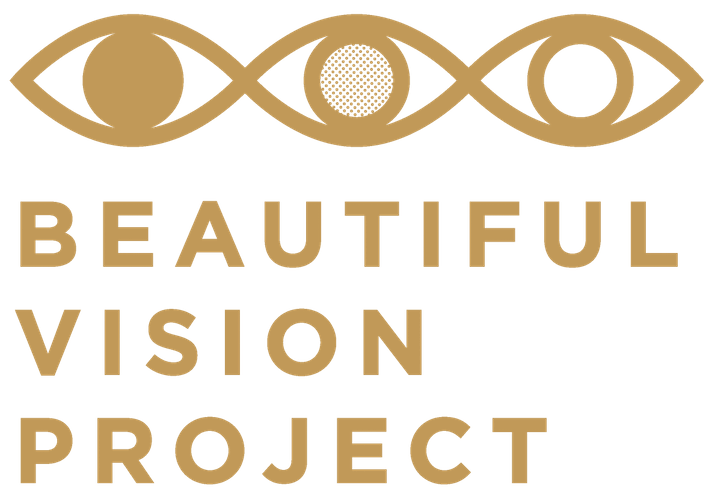Retinitis Pigmentosa (RP)
What is Retinitis Pigmentosa (RP) and how does it progress?
Retinitis Pigmentosa (RP) is a group of genetically inherited disorders affecting the retina. Multiple types of genetic abnormalities cause RP. The retina may show a pale optic nerve, narrowed retinal arteries, and scattered pigmentation (pigmentosa) throughout the peripheral retina. The name itself is a partial misnomer, as there is no retinitis, or no inflammation of the retina, but the pigment is commonly found at damaged sites of the retina.
“Classic” RP is sometimes called Rod/Cone disease because the rods are affected more severely than the cones. The rods are more abundant in the peripheral retina and are responsible for night vision. Because of this, RP typically begins as night blindness and eventually progresses to peripheral vision loss. The peripheral vision slowly contracts, and when the patients have lost most of their peripheral vision, they are said to have “tunnel vision”. When RP progresses to this stage it is like looking through a straw.
RP with peripheral pigmented bone spiculing
A few patients eventually develop total blindness in their middle age, but most maintain some islands or small pieces of vision for most of their lives.
There are cases in which central vision is lost first. The central vision relies on the area of the retina called the macula, and is predominantly made up of cones. These patients have Cone/Rod disease and are usually diagnosed earlier than “classic” Rod/Cone RP because the loss of central vision warrants greater attention.
In some rare cases RP patients have associated deafness at birth or during childhood, a condition known as Usher’s disease.
Is there treatment for RP?
Presently there is no proven treatment for RP. However, research is showing some promise. But even with recent breakthroughs, the progress is slow. For now, low vision aids, support groups, and supportive family and friends are the present reality for most patients.
One low vision aid device is the Argus II Retinal Prosthesis System (ArgusII), which provides electrical stimulation of the retina to produce some visual perception in individuals with severe retinitis pigmentosa. The implant is surgically implanted on top of the retina. It includes an antenna and an electrode array. The external equipment includes glasses, a video processing unit (VPU) and a cable. Although the images produced are not what a normal person would call reasonable vision yet, in some patients it facilitates helpful vision.
The use of stem cells or retinal pigment epithelial cell transplants are another area of active research. These cells are injected into the subretinal space to try to regenerate damaged cells. Although promising, these techniques are still in their primitive stages. Future techniques of gene identification and replacement are likely to be used in younger patients before their retinas are affected by the disease

